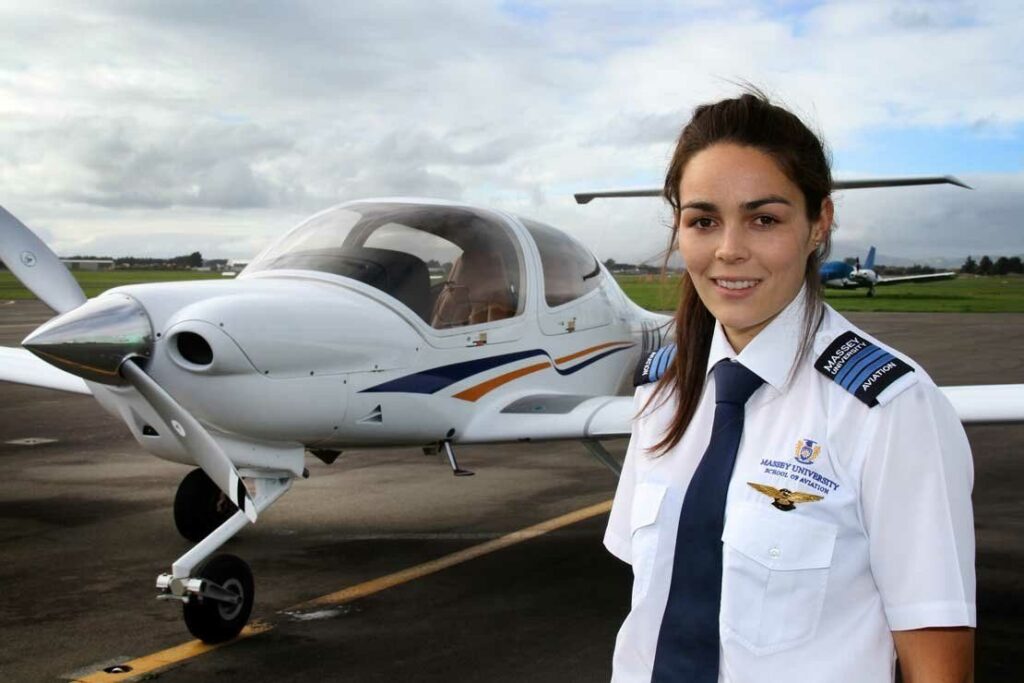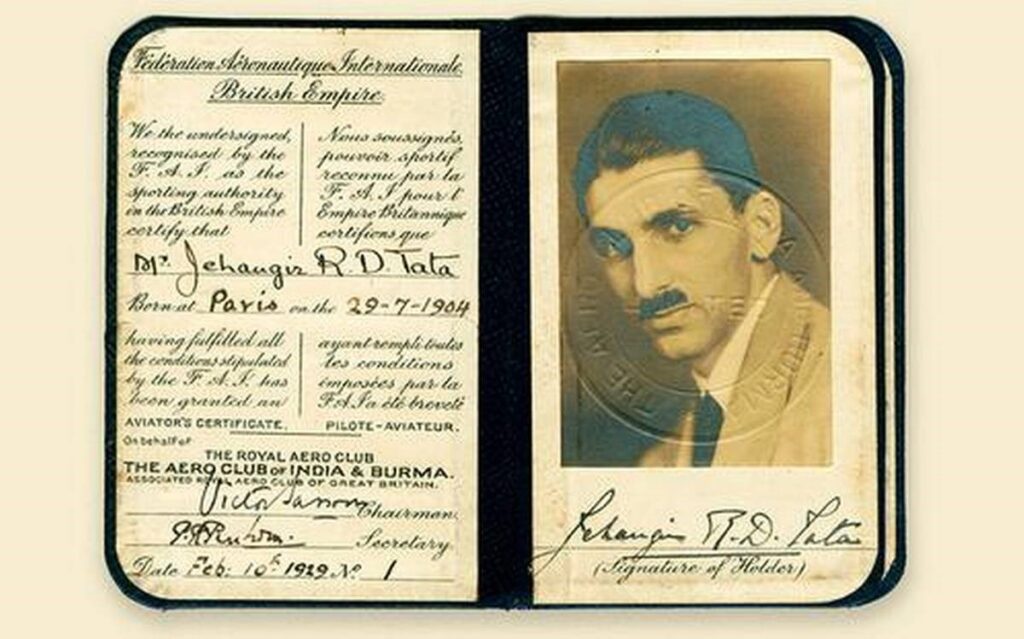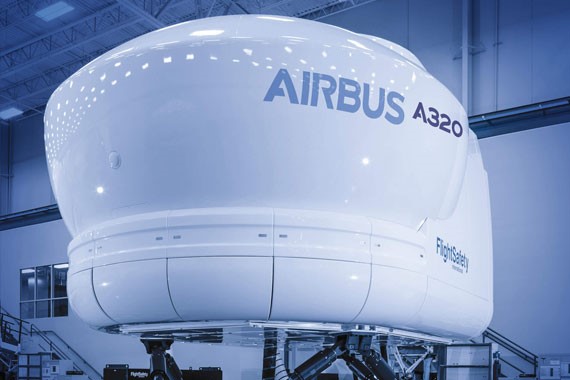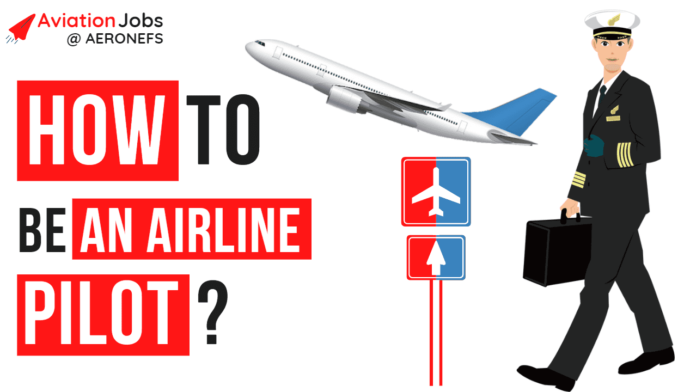Becoming a pilot is not as simple as you think. Neither is as difficult as it sounds!
An office at 35,000 feet up in the air is not normal. Waking up in new cities every day, living in the lavish of hotels and shouldering the responsibility of several onboard; the life of an airline pilot is just as unique as its “office in the clouds”. While becoming one is not a one-step job, we have simplified it for you.

The Right Attitude
Before even thinking of becoming an airline pilot, or even considering the standard pre-requisites, it is very important to have the right attitude for the job. A person good at team working, multi-tasking and handling stress with ease is considered ideal for the cockpit seat. However, it is important to understand that these skills aren’t inborn but learnt.
Now that you have an insight about the right skill set required even before thinking of becoming a pilot, let us discuss the categories of flight licenses.
Flight Licenses
There are three broad categories of flight licenses:
- Student Pilot License (SPL) – An SPL is a prerequisite before obtaining a PPL (Private Pilot License) or a CPL (Commercial Pilot License). This is the license you are entitled to while doing your flight training. You require no flight experience for an SPL.
- Private Pilot License (PPL) – A PPL is given to a candidate with minimum 40 hours of flight experience. This is a license for leisure flying. A person can fly an aircraft but not for hire, reward or remuneration; Which means, a person cannot make a living and this license is only for hobby flyers.
- Commercial Pilot License (CPL) – A person is eligible for a CPL post 200 hours of flying (in India) along with a standard det of requirements like solo and night flying. A CPL holder can act as a pilot in command of any aircraft he is licensed on.
Since we discuss about becoming an airline pilot today, the latter part of the blog will be totally about Commercial Pilot License (CPL).
Pre-Requisites
Following are the pre-requisites to becoming a commercial pilot in India
- Minimum age of 18 years
- Completed 10+2 (High School) with Math and Physics. If not, you can give +2 level Math and Physics equivalent exam from NIOS (National Institute of Open Schooling)
- Passed Aviation Medicals (At least Class II)
That’s it. You’re all set to fly now!
Aviation Medicals
You need to be fit to fly. You definitely do not need a gym toned figure. All that aviation expects from you is being a normal human being. The list of tests might seem a lot, but trust me, it’s a breeze to pass through. And yes, PILOTS CAN WEAR GLASSES! All you require is a 6/6 vision with or without them.
Aviation medicals are divided into Class II and Class I medicals. You require only Class II medicals to start flying training. But you require a Class I medical to start flying in an airline. Your initial Class II medical is valid for 2 years, post which there’s a yearly renewal. Class I medicals are valid for 1 year. Here is the link for the list of doctors for Class II medicals and here is the list for Class I.
Airline Pilot training is an expensive rating. We, therefore suggest candidates to get both, Class II and Class I medicals before starting flight training.
CPL Training

Now that you meet all the requirements to become a pilot, you can begin your CPL training. Commercial Pilot Training in India includes 6 subjects
- Navigation – A subject where you learn movement of aircraft
- Metrology – A subject where you learn about the weather
- Regulation – A subject where you learn all the rules and regulations of flying
- Technical General – A subject where you learn general physics of an aircraft
- Technical Specific – A subject where you learn about the aircraft you fly during training
- Radio Telephony – A subject where you learn to communicate on a radio
Post learning and getting examined in all these subjects, you start your flight training. This is what you’re really here for and all that you’ve trained hard for.
Flying is done at various flying schools approved by the Directorate General of Civil Aviation of India. You can find the list of DGCA approved flying schools in India here. It consists of 200 hours of flying and includes night flying, solo flying, simulator checks, single and multi-engine flying as per the syllabus set by DGCA.
Successful passing and completion of flying hours entitle you to a Commercial Pilot License.

Type Rating
Now you know how to fly them, so why fly small?
It’s time for the big toys!
Type Rating is learning to fly a particular large aircraft. Commercial Airlines these days operate Jet engine aircraft that can seat lots of passengers. These aircraft are definitely more sophisticated than the trainee aircraft we flew on while learning to fly. This is why we do a type rating of an aircraft.
Type rating involves a series of ground classes and rigorous simulator checks. Here, you learn to fly a plane with a co-pilot, This is where your coordination and team working skills come into action. Emergencies and situations of various types are also trained on these simulators.

Now that you’re a Type Rated Commercial Pilot, the sky is your limit. Nothing stops you from your dream job in the clouds. You can always visit Aeronefs for all verified pilot jobs. Wishing you all the luck in this exciting career. Hope our blog helped you understand every detail and every single aspect of flight training. Here’s wishing you lots of tailwinds on your paths ahead!


